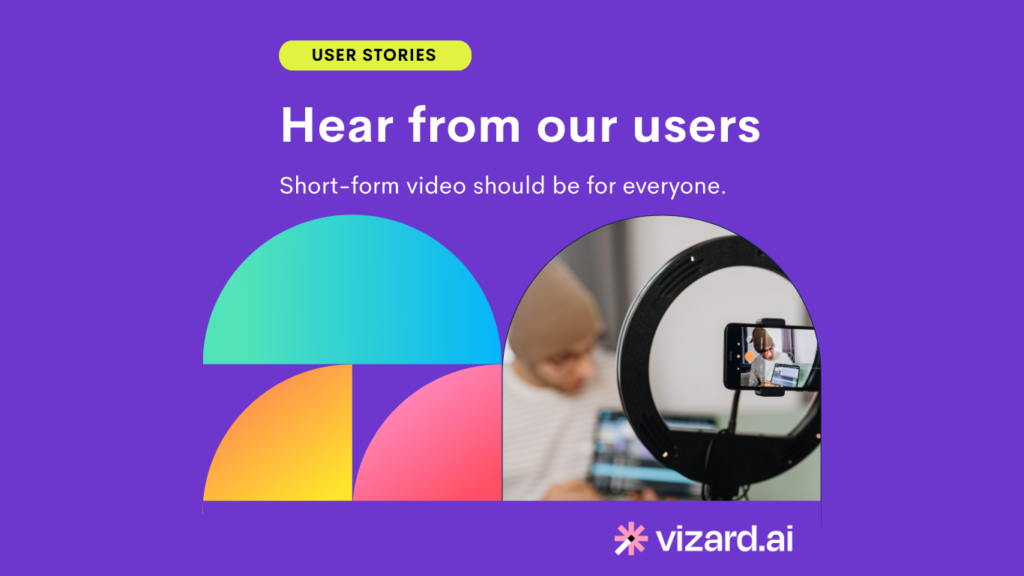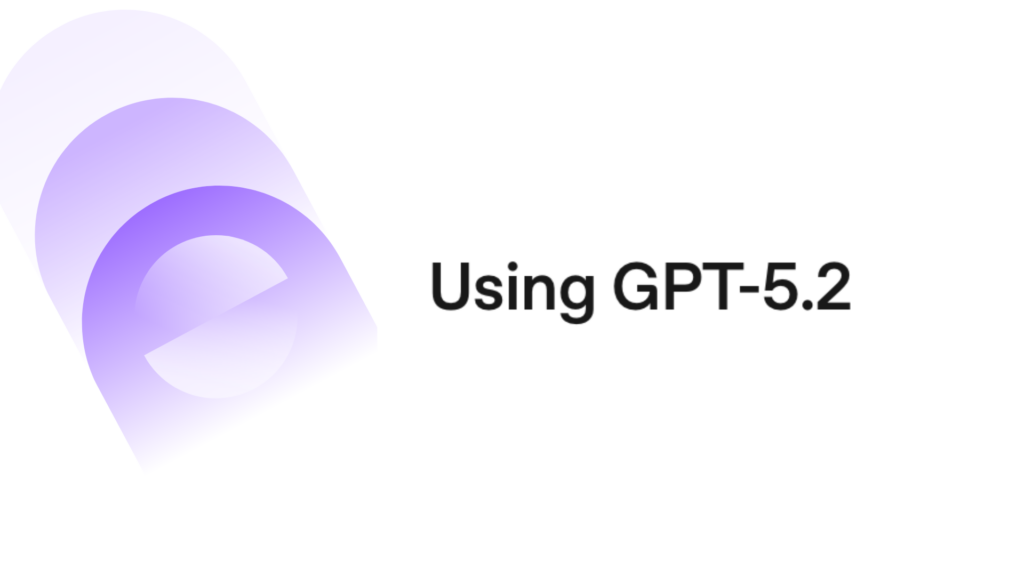Starting a podcast may seem intimidating, but with the right guidance, you can launch your show without breaking the bank. Whether you’re aiming to build an audience, share your passions, or eventually turn your podcast into a business, this guide will help you navigate every step of the journey—from choosing equipment to getting your show on major platforms. Here’s a streamlined approach to starting your podcast today.
1. Essential Equipment for a Professional Sound
The core of any podcast is its audio quality, and a good microphone makes all the difference. Look for budget-friendly options like the Samson Q2U, a versatile USB mic that delivers great audio while being beginner-friendly. Other accessories to improve sound quality include:
• Pop filters or foam windscreens to reduce harsh sounds from plosives.
• Shock mounts to minimize vibrations if your mic is desk-mounted.
• Boom arms to position the mic comfortably and reduce handling noise.
Starting simple is key—there’s no need for complicated setups or expensive equipment when you begin.
2. Choose the Right Software to Record and Edit Your Podcast
If you’re on a Mac, GarageBand is a free and powerful tool for recording and editing your episodes. For Windows users, Audacity is a fantastic free alternative. Both allow you to cut, mix, and fine-tune your audio files with ease. If you plan to interview guests remotely, tools like Zoom or Vizard.ai are great options to capture high-quality audio. These tools also let you export audio in MP3 format, which is ideal for podcast distribution. Editing your podcast with Vizard.ai is a great way to save time and prepare for teasers or hooks on social media.
3. Develop Your Podcast Concept and Schedule
Before launching, decide what your podcast will be about and define your target audience. The more focused your niche, the easier it will be to attract a loyal listener base. Think of it like this: “The riches are in the niches.” Whether you choose fitness, business, or personal storytelling, consistency is key.
• Episode Length: There’s no perfect length—successful podcasts range from 10-minute tips to hour-long deep dives.
• Publishing Frequency: A weekly release is a good starting point, but you can adjust based on your schedule and audience response.
I recommend using content management platforms to streamline your podcast publishing routine. Vizard has a post scheduler feature to help you schedule your podcast publishing in advance.
4. Recording Tips to Create Engaging Content
Practice makes perfect, but here are a few tips to get ahead of the curve:
• Stay close to the microphone to ensure clear, rich audio. Adjust your boom arm to a comfortable position.
• Keep your audio levels in check. Avoid peaking into the red zone to prevent distortion.
• Plan your episodes with bullet points instead of full scripts to maintain a natural flow.
• Create a strong hook in the first minute to keep listeners engaged from the start.
Editing software will allow you to fix mistakes, but don’t aim for perfection—authenticity matters more.
5. Publish and Distribute Your Podcast on Major Platforms
Once you have recorded and edited your episodes, it’s time to publish. A podcast hosting platform like Vizard.ai simplifies this process by distributing your episodes to platforms like Apple Podcasts, Spotify, YouTube, and Google Podcasts with a single upload. Upload a few episodes at launch to give listeners more content to enjoy right away, and design eye-catching cover art using tools like Canva to attract new audiences.
Final Thoughts: Just Get Started!
Launching a podcast is a process, but you don’t have to do it perfectly from the start. The most important thing is to start recording and learn as you go. Embrace the learning curve, have fun with it, and remember that podcasting is a fantastic way to build relationships, share your message, and grow your brand. With the right mindset and tools, you’re ready to hit record and share your voice with the world!









